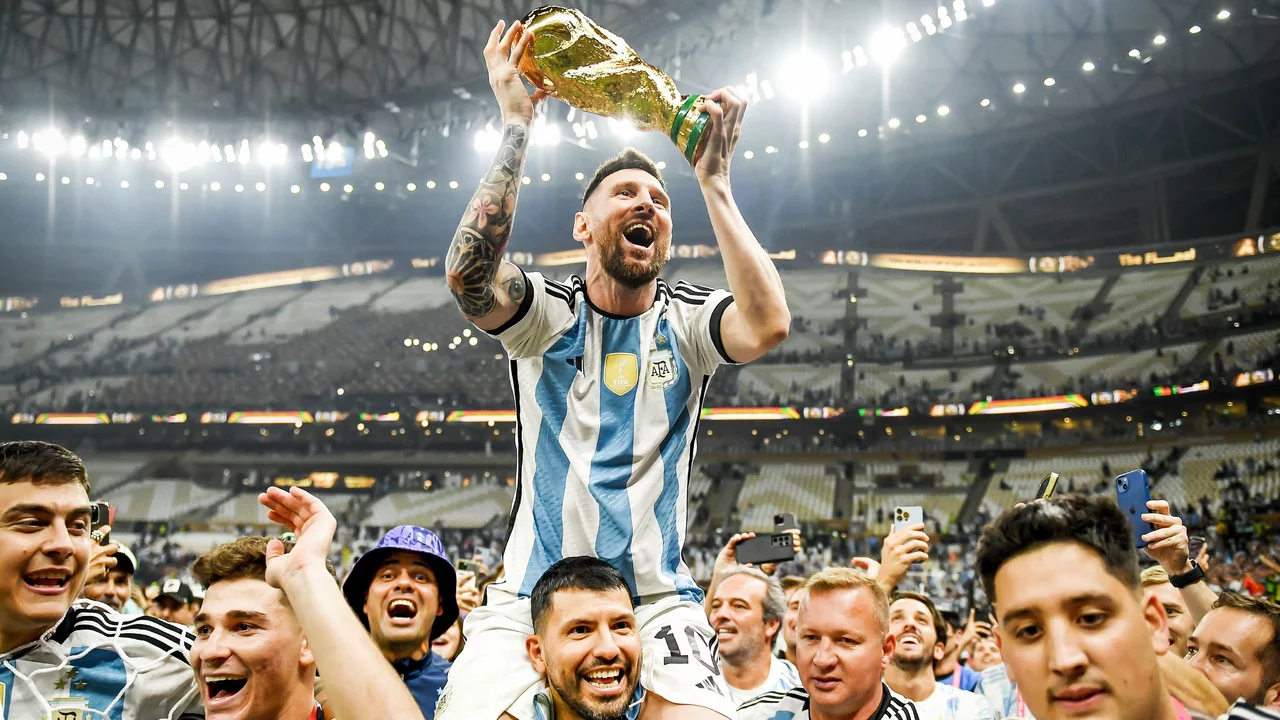2022 World Cup – All You Need to Know
When talking about 2022 World Cup, the global football tournament held in Qatar from November to December 2022. Also known as FIFA World Cup 2022, it brought together 32 national teams for a month‑long celebration of the sport.
Hosting such a massive event required a country ready to invest heavily in infrastructure. Qatar, the smallest nation ever to host the World Cup, built eight brand‑new stadiums equipped with advanced cooling systems. The nation's ambition turned the tournament into a showcase of Middle Eastern hospitality and modern engineering.
The tournament didn't happen by accident; it was orchestrated by the sport’s governing body. FIFA, the International Federation of Association Football, set the rules, schedule, and qualification process for the competition. Their oversight ensured a fair draw, consistent officiating, and adherence to health protocols during a global pandemic.
From a structural standpoint, the 2022 World Cup featured a group stage followed by a knockout phase. Each of the 32 teams played three matches in the opening round, earning points that determined who advanced to the round of 16. From there, every game became single‑elimination, culminating in the final that crowned the champion.
Technology played a decisive role in shaping match outcomes. VAR, the Video Assistant Referee system, was used to review goals, penalties, and red‑card incidents throughout the tournament. Its presence sparked debate but also corrected several clear errors, showing how modern tools can improve fairness on the pitch.
The stadiums themselves became characters in the story. Designed by world‑class architects, they combined traditional Qatari motifs with high‑tech features like solar‑powered cooling and modular seating. Fans praised the comfortable environment despite the desert climate, and many venues are slated for post‑World Cup community use.Beyond the match results, the 2022 World Cup left a lasting legacy for players, fans, and the host nation. It highlighted emerging talent, gave younger squads a platform, and sparked conversations about sustainability in large‑scale sports events. The tournament also proved that a compact schedule—games played within a 12‑day radius—can reduce travel fatigue and improve player performance.
Now that you have a solid grasp of the tournament’s context, you’ll find a collection of articles below that dig deeper into specific matches, tactical analyses, player stories, and the broader impact of the 2022 World Cup. Dive in to explore the details that made this edition unforgettable.
